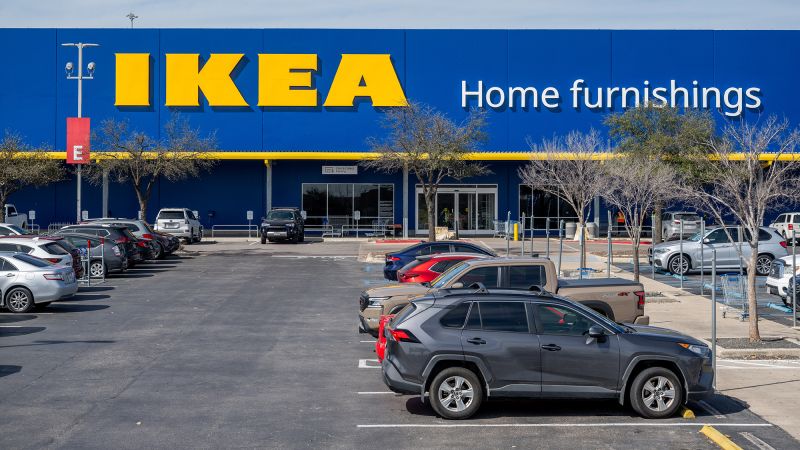Last year, Ikea decided to lower prices on about 2,000 products in response to customer concerns about inflation. This move led to an increase in orders, but ultimately resulted in a decrease in revenue for the company, marking the first time in four years that Ikea experienced a drop in sales. Sales fell by 4% to €45.1 billion ($49.3 billion) for Ikea’s 2024 financial year, which ran from September 1, 2023, to August 31, 2024.
Despite the decline in revenue, Ikea stands by its decision to prioritize lowering prices as part of a $2 billion discount initiative at all of its stores worldwide. Jesper Brodin, CEO of Ingka Group, Ikea’s largest franchisee, stated that the company wanted to support customers during challenging times impacted by inflation and interest rates. The long-term promise of investing in lower prices reflects the company’s commitment to providing affordability to customers while maintaining a strong vision of togetherness and entrepreneurship.
In response to the challenges posed by rising material and transport costs since the peak of the Covid-19 pandemic in 2020, Ikea, along with its competitors, gradually raised prices. The major discount program implemented by Ikea last year targeted popular items like the Billy bookcase, resulting in increased foot traffic in stores and online sales. The company reported a significant spike of 21% in website visits, as well as an increase in meal sales at its cafés, with 1.2 billion meatballs sold during the year.
Looking ahead, Ikea plans to continue offering discounts this year, although they will not be as substantial as the ones implemented in the previous year. The company’s focus on affordability and providing value to customers remains a priority as it navigates the challenges of a post-pandemic economy. By balancing competitive pricing with maintaining quality products and services, Ikea aims to sustain its position as the world’s largest furniture retailer while adapting to evolving consumer preferences and economic conditions.
Ikea’s resilience and adaptability in responding to changing market conditions and customer needs reflect its commitment to delivering value and support to consumers. The company’s decision to prioritize affordability through price reductions while maintaining its long-term vision and entrepreneurial spirit underscores its dedication to serving customers in challenging times. By leveraging its global reach and brand recognition, Ikea continues to navigate the complex landscape of the retail industry and position itself for future growth and success.
The impact of Ikea’s pricing strategy on its bottom line underscores the delicate balance between driving sales through discounts and maintaining profitability. As the company adjusts its discount programs for the upcoming year, it will be crucial for Ikea to carefully evaluate the effectiveness of its pricing initiatives and their impact on customer engagement and revenue. By leveraging data and consumer insights, Ikea can refine its pricing strategies to drive sustainable growth and enhance customer loyalty in a competitive retail landscape.


